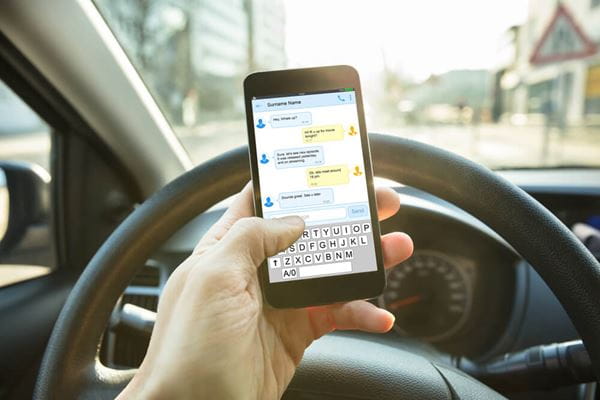“I’ll just send one text.”
“I’ll just glance at the map for a second.”
“I just want to find a good radio station.”
It would be hard to find someone who hasn’t driven with just a “distraction” at least once. Realistically, many of us deal with at least one distraction every time we drive. But, as the National Safety Council reminds us, “Just one is all it takes.” Every day in the United States, nine people die and more than 1,000 people are injured in crashes involving at least one distracted driver. One second is all it takes to change—or end—a life forever.
Distracted Driving Awareness Month
April is National Distracted Driving Awareness Month. This campaign unites the legislatures of all 50 states, along with several safety organizations around the country, to raise awareness of the dangers of driving while distracted.
Types of distraction
There are three types of distractions that can impair your driving:
- A visual distraction takes your eyes off the road ahead.
- A manual distraction takes your hands off the steering wheel.
- A cognitive distraction takes your mind off safe driving.
One of the most common distractions in the U.S., texting, combines all three types of distraction. For about five seconds (enough time to drive the length of a football field at 55 miles per hour), your hand is off the wheel, your eyes are off the road, and your mind is on something other than driving. It’s also important to note that even when using Bluetooth to make and receive calls and texts, your mind still isn’t on driving. In fact, research shows drivers who talk on the phone are just as impaired as drivers with a blood alcohol level of 0.08 percent—the equivalent of three or four drinks for an average person.
So the next time you feel the need to change the radio station, take a sip of coffee, put on your makeup, straighten your tie or pick up your cell phone, ask yourself if this is going to cause you to look away from the road, take your hands off the steering wheel or take your mind off the road.




